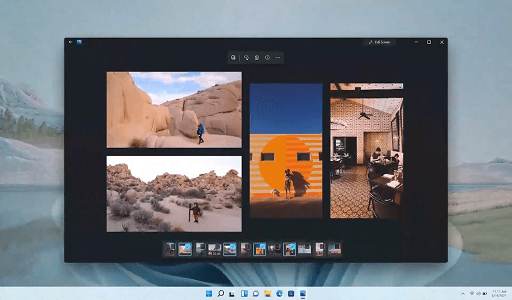In a Reddit post within the r/TechSEO subreddit, John Mueller, Google’s Search Advocate, addressed a user’s inquiry about enhancing region-specific traffic for a European Union (EU) domain hosted in the United States (US).
The user, representing a client with both a .com and a .eu subdomain, is seeking ways to amplify targeted traffic specifically for the latter. There is apprehension about the potential impact of the site’s server location on the international visibility of the domain in search results.
Mueller outlined recommendations for the user to concentrate on—or disregard—when aiming to augment localized traffic from the EU.

Use Hreflang Tags
Mueller’s initial suggestion involves implementing hreflang tags. These tags play an important role in guiding users from diverse European countries to the EU subdomain, enhancing the site’s accessibility and relevance to the European audience.
This strategy proves essential for a website targeting numerous regions with content that may overlap or be similar. Mueller emphasises the importance of using hreflang to link prominent European countries to the EU domain, with other visitors defaulting to the .com domain.
The Server Location
Mueller diminishes the significance of server location. In contrast to the widespread belief that having servers close to the target audience improves performance, he proposes that server location is less important. This perspective provides greater flexibility when making decisions about server hosting.
The Use of Canonical Tags Can Prevent Content Duplication
The third aspect tackles the challenge of content duplication, especially when using the same language across multiple domains. Mueller recommends exercising caution with canonical tags in such situations to prevent Google from interpreting the content as duplicate. Alternatively, introducing slight variations in content across these domains can aid in distinguishing them.
Enable Google Shopping Feeds to Use Local Currencies
Mueller suggests making use of Google Shopping feeds. This strategy entails optimizing product listings to enhance visibility in Google’s Shopping search results, providing an effective means of reaching a broader European audience and improving e-commerce performance.
Focus On The Homepage And High-Level Pages
Finally, Mueller recommends that optimal results can be attained by concentrating efforts on the homepage and other top-level pages.
This approach suggests that a complete site-wide overhaul may not be essential; instead, focusing on key pages can yield significant improvements in traffic while efficiently allocating resources.
In conclusion, this guidance is vital for marketing and SEO professionals seeking to broaden their presence in the EU market. By implementing Mueller’s strategies, businesses can elevate their website’s visibility and relevance in European search results, ultimately attracting targeted traffic and potentially increasing conversions.
These tactics align with the latest SEO best practices and provide practical solutions for multinational digital marketing.
Would you like to read more about “Google on Boosting Regional Traffic to a US-Hosted EU Domain” related articles? If so, we invite you to take a look at our other tech topics before you leave!
Use our Internet marketing service to help you rank on the first page of SERP.
![]()












